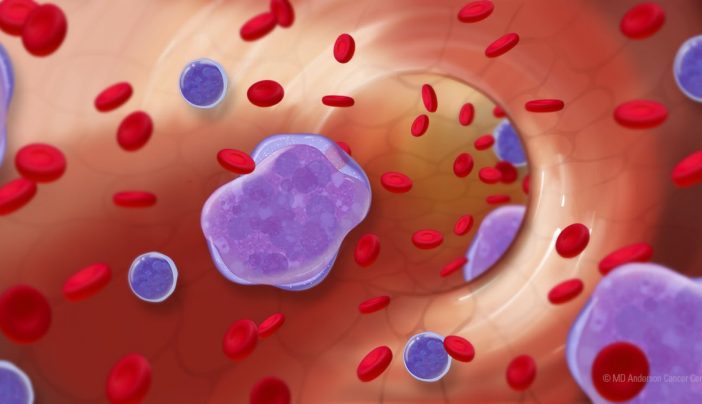Chronic lymphocytic leukemia (CLL) is a type of blood and bone marrow cancer that primarily affects adults. It is the most common form of leukemia in Western countries and progresses slowly over time. Understanding its symptoms, diagnosis, treatment, and prognosis is crucial for patients and healthcare professionals alike.

What Is Chronic Lymphocytic Leukemia?
Chronic lymphocytic leukemia is a cancer of the lymphocytes, a type of white blood cell responsible for fighting infections. In CLL, abnormal lymphocytes accumulate in the blood, bone marrow, and lymphoid tissues, impairing normal immune function.
Key Features of CLL:
- Progression: Slowly developing over months or years.
- Age Group: Most commonly diagnosed in individuals over 60 years old.
- Subtype: A form of non-Hodgkin lymphoma.
Symptoms
Many individuals with CLL experience no symptoms in the early stages. However, as the disease progresses, symptoms may include:
- Fatigue and weakness
- Enlarged lymph nodes (lymphadenopathy)
- Unintended weight loss
- Fever or night sweats
- Frequent infections
- Easy bruising or bleeding
- Swelling in the abdomen due to an enlarged spleen or liver
Early detection is often incidental during routine blood tests.
Causes and Risk Factors
The exact cause of CLL remains unknown, but certain risk factors have been identified:
- Age: Increased risk with advancing age.
- Genetics: Family history of CLL or other hematologic cancers.
- Gender: More common in men than women.
- Exposure: Prolonged exposure to certain chemicals, such as herbicides and pesticides.
Diagnosis of Chronic Lymphocytic Leukemia
Diagnosing CLL typically involves several steps and laboratory tests:
1. Complete Blood Count (CBC):
A CBC test reveals an elevated white blood cell count, often the first indicator of CLL.
2. Peripheral Blood Smear:
Microscopic examination confirms the presence of abnormal lymphocytes.
3. Flow Cytometry:
This test identifies specific markers (e.g., CD5, CD19, CD23) on lymphocytes, confirming the diagnosis.
4. Bone Marrow Biopsy:
A sample from the bone marrow determines the extent of leukemia infiltration.
5. Genetic Testing:
Analyzing chromosomal abnormalities, such as del(13q) or TP53 mutations, provides prognostic insights.